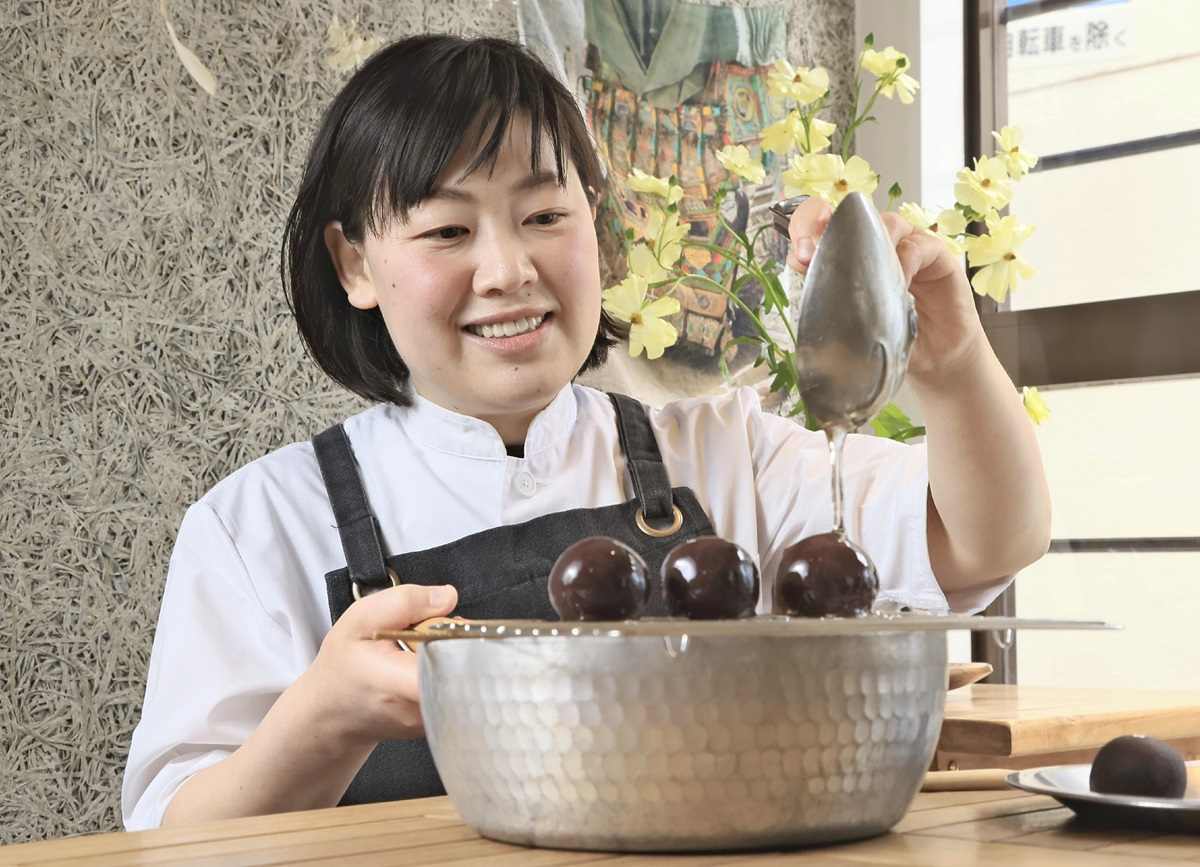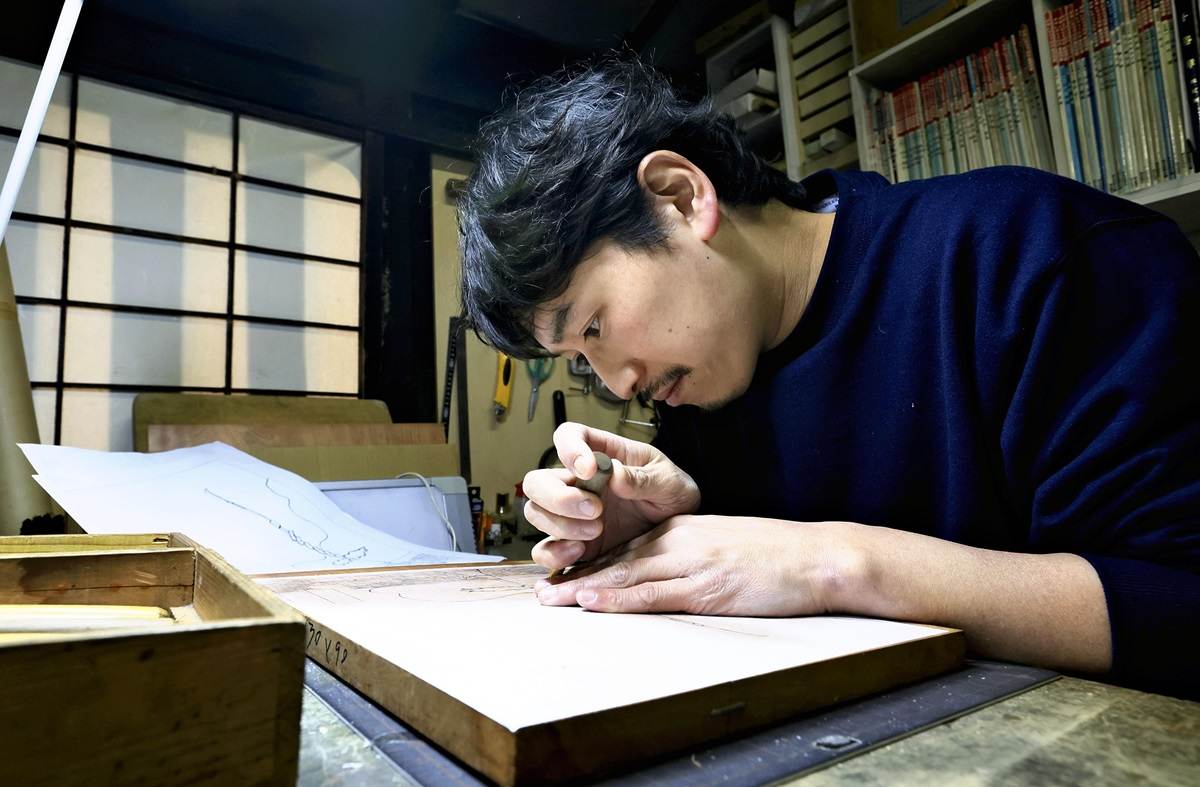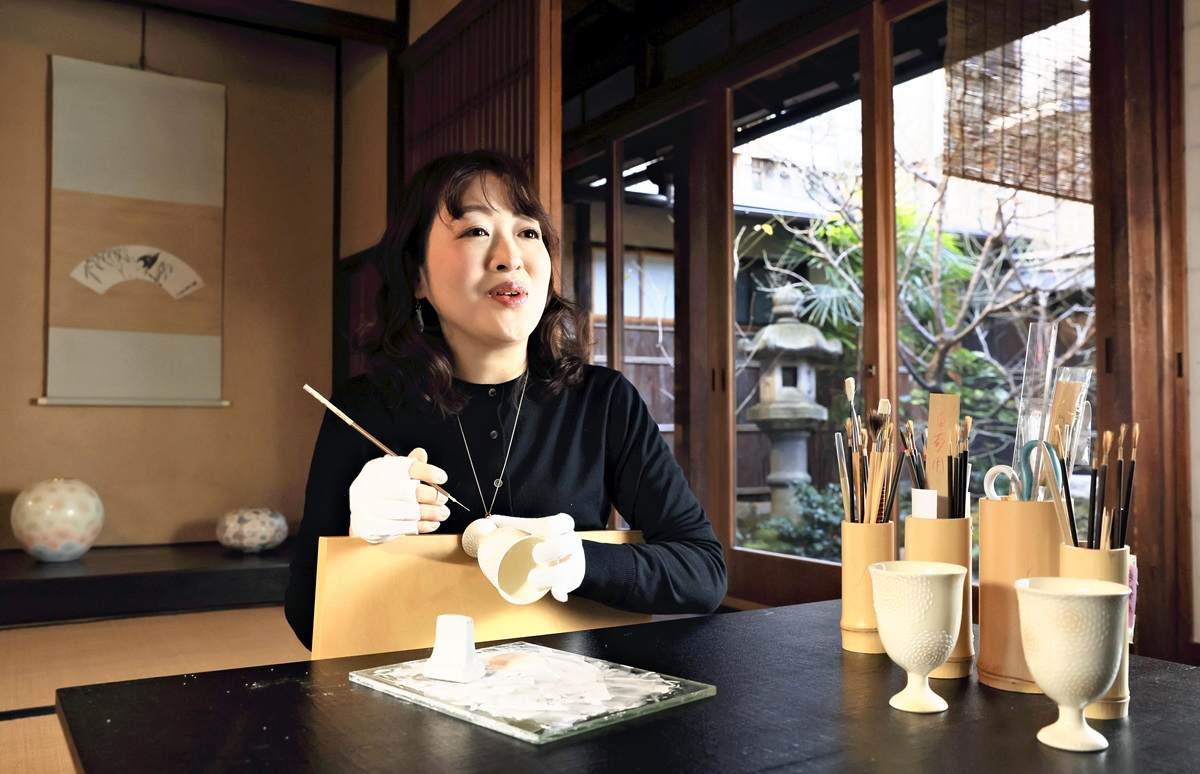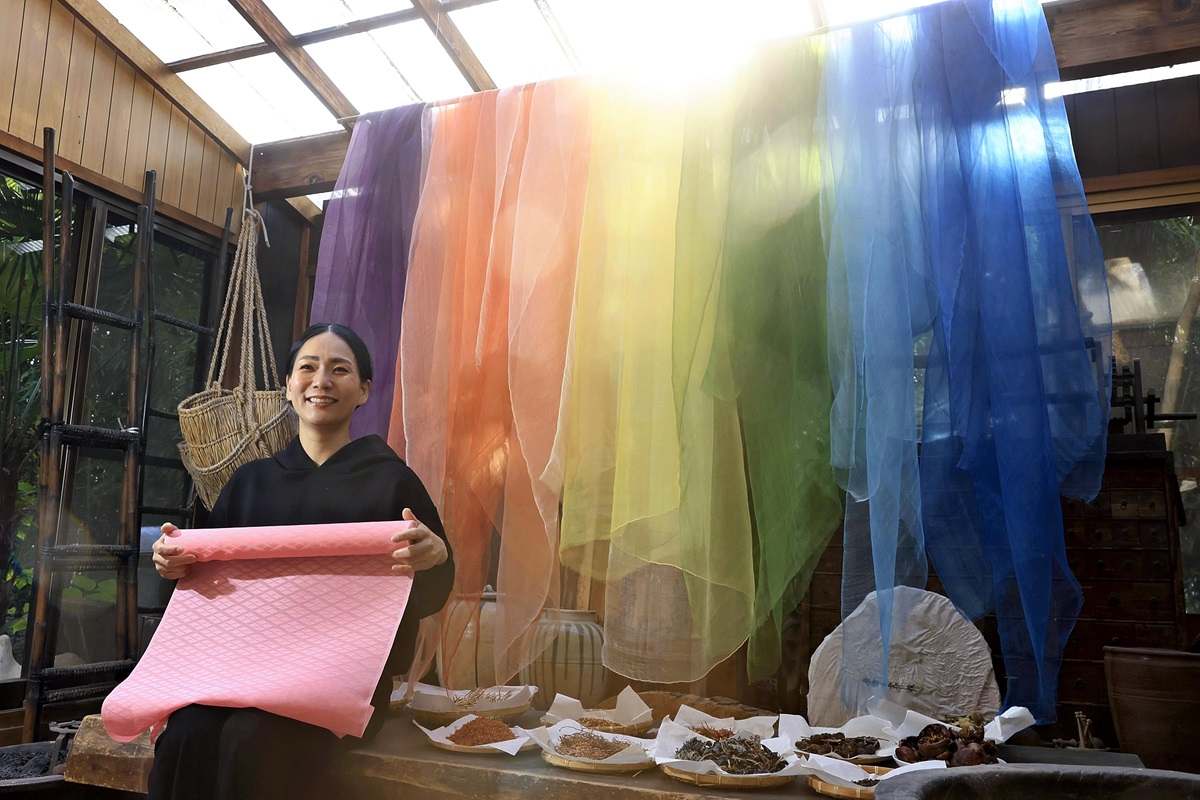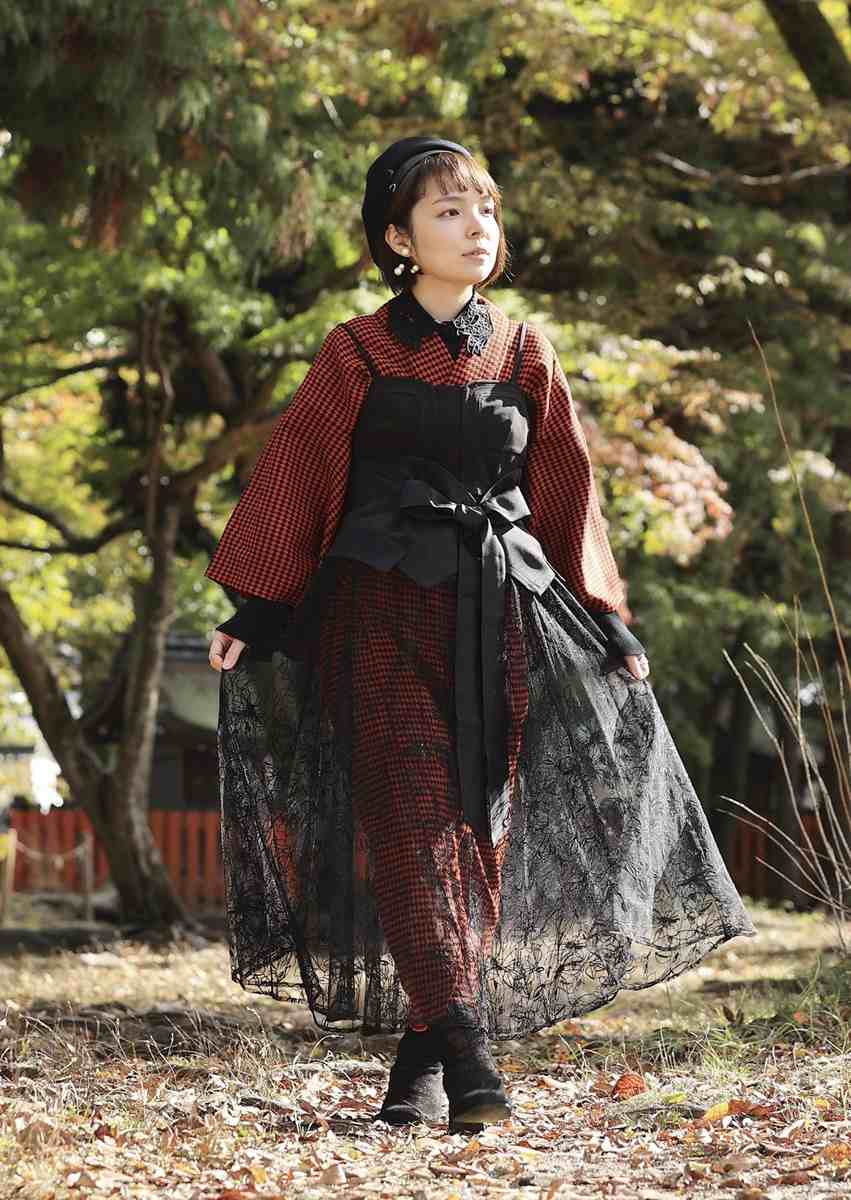Heirs to Kyoto Talent / Craftsman Pursuing Perfect Sound, Transcending Framework of Buddhist Utensils
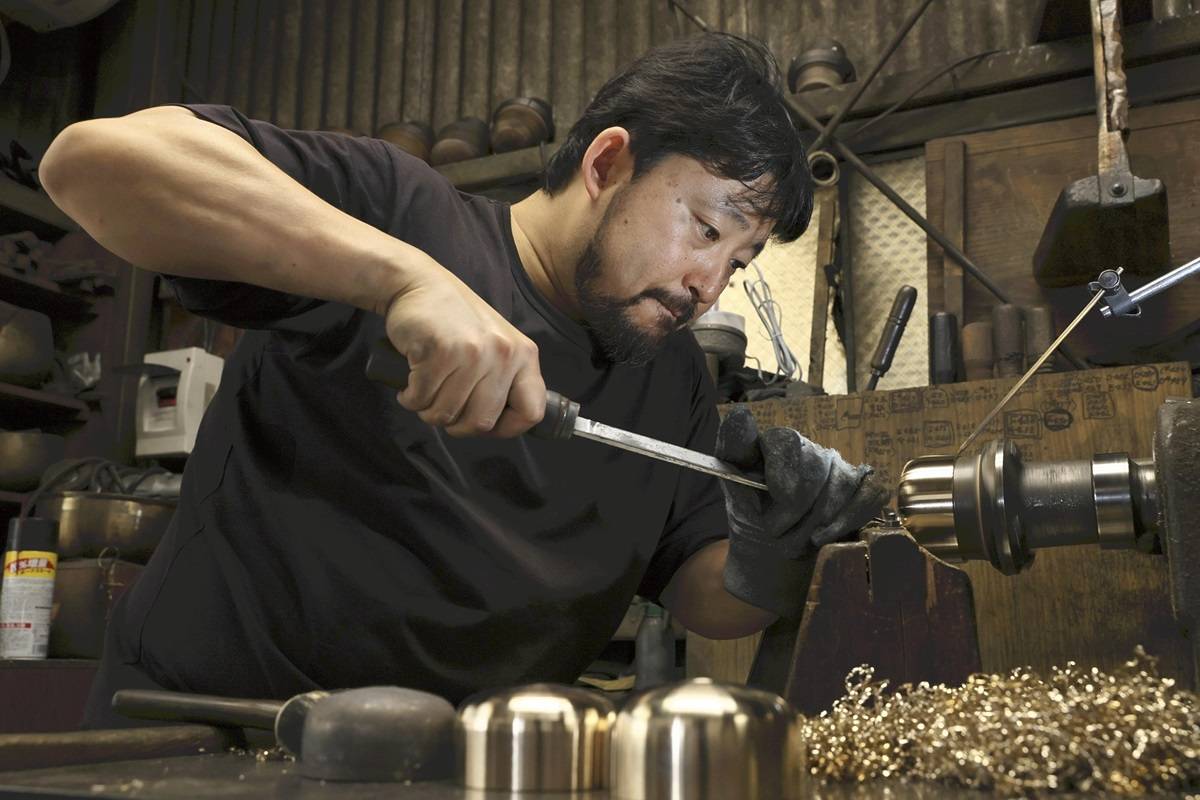
Kazuya Nanjo carves an orin in Uji, Kyoto Prefecture.

11:01 JST, July 6, 2024
UJI, Kyoto — Orin metallic bowls, which are used in Buddhist rituals and ceremonies, produce a clean and clear high-pitched sound when struck. The purifying sound stretches out as if echoing in the ears.
The orin made by Kazuya Nanjo transcend the conventional framework of Buddhist implements. They move people’s hearts even when used in interior decoration or as a musical instrument.
Nanjo is the seventh generation owner of Nanjo Kobo Ltd. in Uji, Kyoto Prefecture, a company that produces musical instruments used at shrines and temples in Kyoto.
The process of crafting the products is the opposite of the clean sound they make. Black smoke wafts and sparks of fire dance at the workshop as an alloy called sahari, glaring red at more than 1,300 C, is poured into molds fired with wood. Sahari is a mixture of copper and tin.

Left: The flame becomes greenish when copper, the raw material for sahari, is poured into the pot. Right: Casting molds are fired with wood.
After pouring the sahari, Nanjo splits the molds by pouring water over them and polishes the surface of the orin with a file. The thickness of the orin must be uniform to make sure that they do not produce an unstable sound. Otherwise, they are placed back into the fire.
Nanjo said the slightest differences in the weather, his own physical condition and the heat of the tools in his hands all influence the outcome of his creations. Orin made by Nanjo through this elaborate process give off a lingering sound, filling the niche between silence and eloquence.
“I take chances with my every effort against the forces of nature. Whether it works or not comes down to my experience and intuition,” Nanjo said.
Carrying on tradition
Nanjo Kobo was founded in around 1830. In addition to orin, the company makes hand gongs for the Gion Festival held in July and other musical instruments.
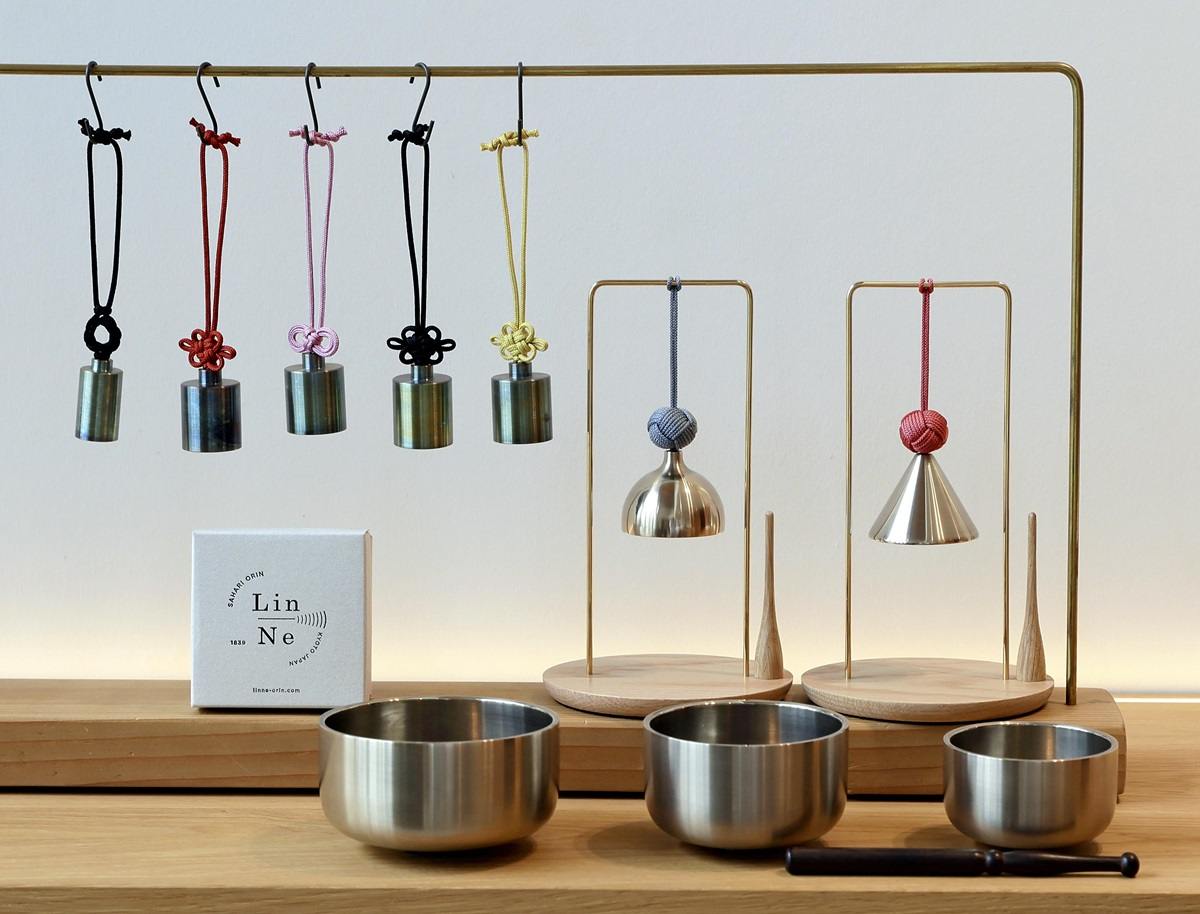
A traditional orin, foreground, and LinNe products
Nanjo, a former chef, first visited the workshop of Nanjo Kobo, which is his wife’s family home, about 20 years ago when he was 23 years old. Nanjo said everything he saw there was new to him.
Among them were the flames of sahari, which change colors from orange and blue to green depending on the temperature, and the piercing sound of shining orin. Becoming fascinated by the challenge of reproducing a unique sound with his own hands, Nanjo began working there.
Naturally, in the beginning he had to fumble his way around the workshop. Although his senior coworkers and his father-in-law, the sixth owner of Nanjo Kobo, taught him how to make orin, he was unable to produce the sound he wanted.
Still, Nanjo said, it was fun. He found it interesting to keep working while wondering what kind of sound he would be able to produce. He decided to carry on the tradition of orin making even though the industry was dwindling due to changing lifestyles.
His father-in-law, who was planning to close the business, repeatedly asked Nanjo if he was sure about taking over. But Nanjo never wavered since he was determined to pursue make the ideal sound.
Data collection
Generally, sahari consists of 80%-85% copper and 20%-15% tin. However, the fifth-generation owner of Nanjo Kobo created a unique ratio that pushes the proportion of tin to the limit, which increases the hardness of the sahari and creates a distinctive sound.

Melted sahari, an alloy of copper and tin, is poured into a mold.
However, the ratio works against the metals’ tendency to warp. When spinning and carving to shape them, even the slightest bit of over-carving caused the alloy bowls to repeatedly break like glass.
In order not to be overly dependent on instinct, Nanjo recorded data each time he cast and collected numerical and other concrete information on the size, timing of pouring the alloy and weather conditions to show under what conditions would lead to success. The accumulated information and experiences further sharpened his intuition as a craftsman.
Everyday use
Nanjo also began efforts to expand the possibilities of orin. Five years ago, he developed “LinNe,” a palm-size orin with a diameter of 2 to 3 centimeters, to offer “a good sound for everyday life.”
LinNe comes in a variety of musical scales, and its use is left up to users. It can be utilized as a doorbell or to calm yourself, for instance. Late musician Ryuichi Sakamoto also loved using LinNe.

Baking work on a hot iron plate brings out the bright colors of the orin.
The orin produces “a sound I have never heard” and “a sound that pervades my spirit” were among the comments Nanjo received from customers of a wide age range.
“What we make is not artwork. It is important to create sounds useful for users,” Nanjo said. The world is filled with a variety of sounds, and the sounds people need differ from person to person.
“That is why it is so rewarding to make orin. I want to pursue the sound that people want.”
Only a few months have passed since Nanjo became the seventh owner. He is prepared to bring a new perspective to the industry and connect people with tradition through sound.
***
If you are interested in the original Japanese version of this story, click here.
"Features" POPULAR ARTICLE
-

Sanrio to Open Museum in Yamanashi Pref. Dedicated to Founder, Exhibits Include Hello Kitty, Other Characters
-

Autumn Foliage Surrounds Visitors to Tokyo’s Showa Kinen Park
-

My Daughter No Longer Speaks to Me, But I Want to See Her and My Grandchild
-

Kumamoto: Public Bath Refurbished as Library Where You Can Chat, Take Photos
-

Frozen Vegetables: Demand Rises for Convenient, Tasty Domestic Produce
JN ACCESS RANKING
-

Tokyo Economic Security Forum to Hold Inaugural Meeting Amid Tense Global Environment
-

Keidanren Chairman Yoshinobu Tsutsui Visits Kashiwazaki-Kariwa Nuclear Power Plant; Inspects New Emergency Safety System
-

Imports of Rare Earths from China Facing Delays, May Be Caused by Deterioration of Japan-China Relations
-

University of Tokyo Professor Discusses Japanese Economic Security in Interview Ahead of Forum
-

Japan Pulls out of Vietnam Nuclear Project, Complicating Hanoi’s Power Plans
